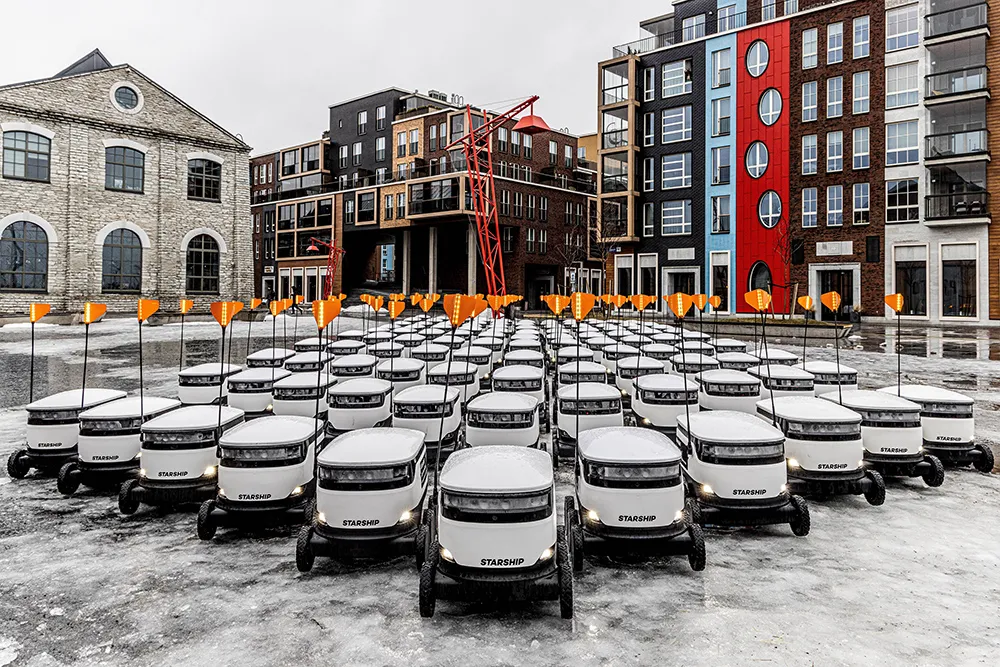Israel-based cybersecurity provider
Guy Sagy, a decorated officer and cyber security architect with Unit 8200, has been appointed security chief technology officer while one of the company’s co-founders, Assaf Harel, is now chief scientist. In addition, Amir Einav has been named vice president of marketing. He previously managed HP’s ArcSight cybersecurity products.
Paul Mascarenas and Bruce Coventry have both joined Karamba’s advisory board as industry experts. Mascarenas is the former chief technical officer at Ford Motor while Coventry is Chrysler and Daimler’s previous powertrain business unit leader.
Mascarenas said: “Connected cars are transforming the automotive industry. Cybersecurity researchers demonstrated how vulnerable cars are to remote hacks, putting customers at risk and cannot be ignored; these are imperatives for our industry. Cybersecurity is hugely important to automotive manufacturers who are in need of a preventive solution with zero false positives for modern car cybersecurity threats. I’m excited to be part of the solution to a problem uniquely addressed by Karamba’s autonomous end-to-end prevention software, as evidenced by the interest from several major customers.”
Coventry said: “I am pleased to be joining the Karamba CTO Advisory Board. The quality and experience of the team, the elegance of Karamba’s electronic control unit cybersecurity solution, with its zero-false positive approach is the right answer for automotive cybersecurity and other IoT applications. Furthermore, the industry needs a pragmatic implementation option, enabling car manufacturers to have full control of their cybersecurity health status and complete forensics, while minimizing the cumbersome task of security updates and risks involved with potential recalls.”
Karamba Security appoints executives and expands advisory board
Israel-based cybersecurity provider Karamba Security has appointed two executives to its management team and two automotive industry experts to its advisory board to help meet the market demand for its autonomous and connected car solutions. Guy Sagy, a decorated officer and cyber security architect with Unit 8200, has been appointed security chief technology officer while one of the company’s co-founders, Assaf Harel, is now chief scientist. In addition, Amir Einav has been named vice president of market
March 29, 2018
Read time: 2 mins









